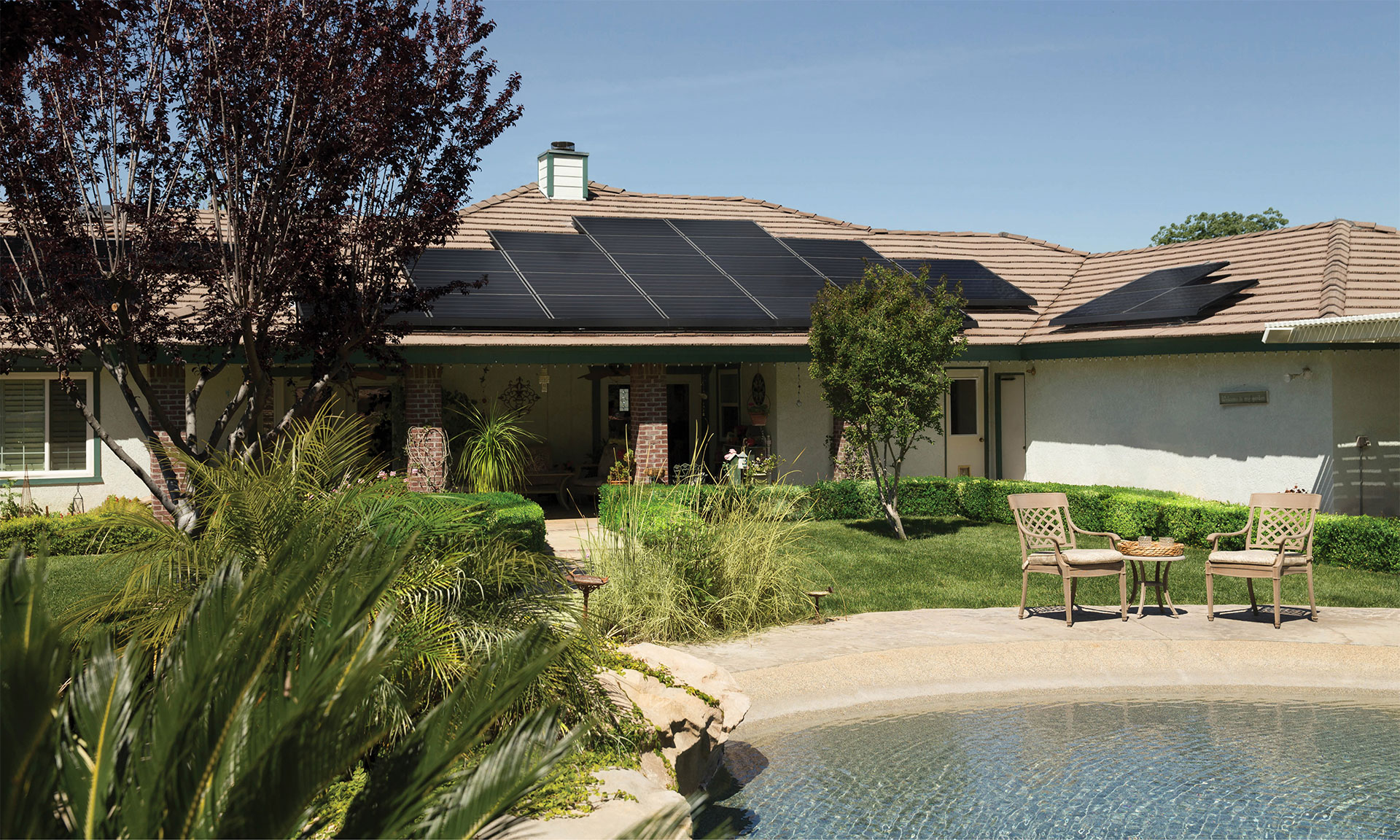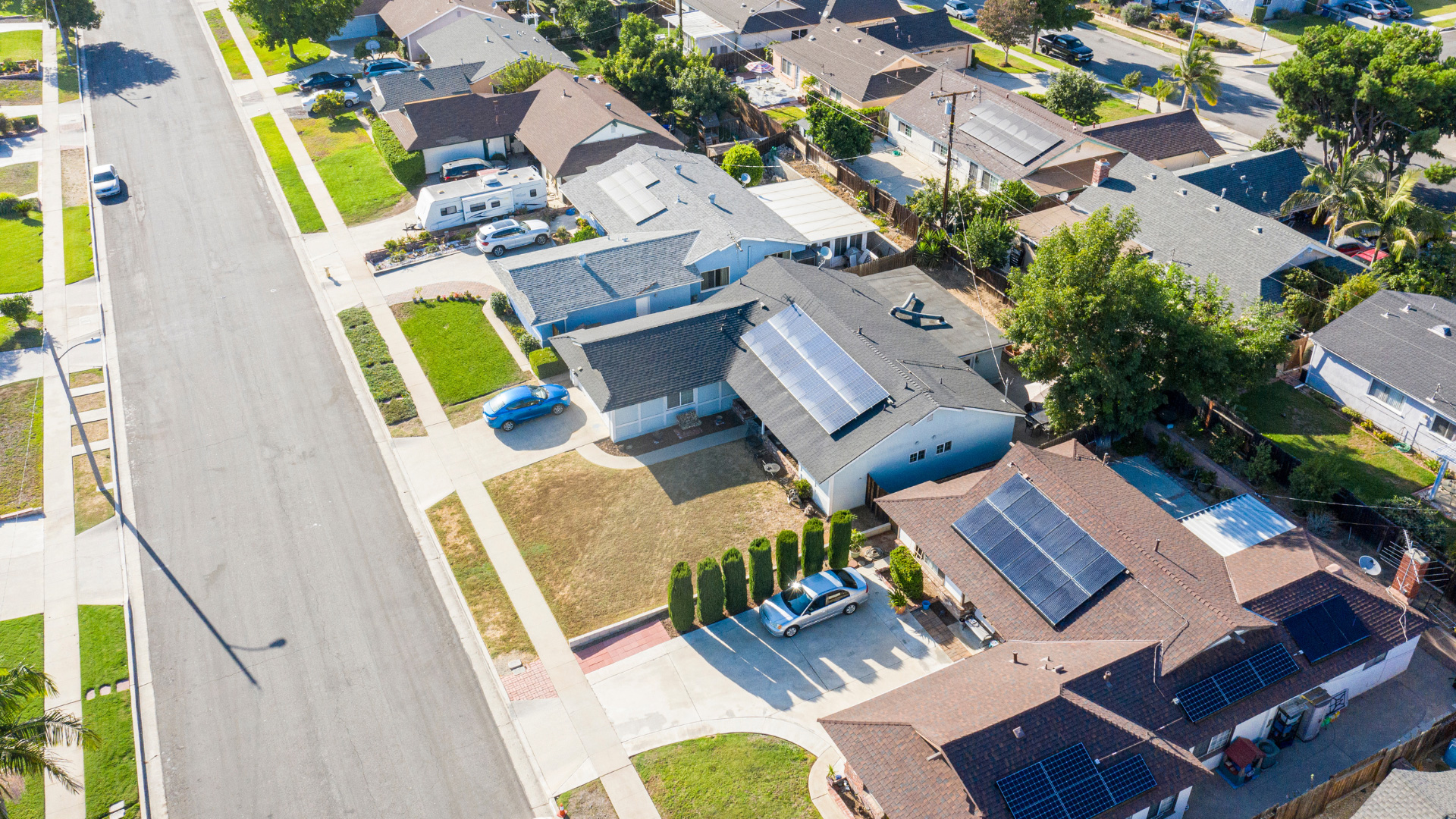Solar panels play an important role in advancing eco-friendly energy, but where did this “modern” innovation come from? While solar panel installation is much higher than ever in recent years, their history stretches much further than you might think. Here is an overview of some of the key developments in bringing solar panels from an early concept to a strong replacement for nonrenewable energy that gains global popularity every year.
Photovoltaic Effect Discovery
Technological advancements that would eventually be used as a basis for creating early solar panel prototypes date back to the discovery of the photovoltaic effect in the 19th century. This process, which was first observed by Edmond Becquerel in 1839, involves transforming light or radiant energy into either voltage or an electric current. Augustin Mouchot, a French mathematician, expanded upon the future use of this information by registering the first patents for early solar-powered engines.
Silicon Solar Cell Creation
Edward Weston patented the first solar cells in 1888. Weston’s idea involved using these devices to turn radiant energy that was collected from the sun into electrical or mechanical energy, which could then be used to power various types of early technology and appliances. This is particularly notable because this research and innovation came before even standard electricity was an expectation in most homes, which shows that the concept of replacing it with a more sustainable alternative is much less new than many people may realize. While these solar cells experienced relatively slow growth for several decades, advancements became much more rapid once new research that was linked to the space missions of the 1960s and 1970s could be applied.
Expansion of Solar Technology into Commercial Markets
Early solar technology focused more heavily on learning about what was scientifically possible than its practical applications. However, more recent developments quickly expanded its use into various commercial markets. The oil crisis of the 1970s played a key role in advancing solar panel use because Americans were encouraged to find creative ways to conserve energy. This meant that considering how this alternative to electricity could play a role in reducing traditional energy use in homes and businesses gained more interest and popularity than it had in previous decades.
Key Innovations and Efficiency Improvements
Some key discoveries, innovations and developments that shaped the history and evolution of solar panels include:
- The creation of the first solar cell (1839)
- The development of the first functioning solar panels (1883)
- The first U.S. solar cell patent (1888)
- The first U.S. solar panel patent (1901)
- The introduction of the photoelectric effect (1905)
- Early mass solar panel production (1963)
- Reduction in solar panel cost as a result of more research and the development of more affordable processes (1970s)
- Initial investment tax credits for installing commercial and residential solar panels (2005)
Global Solar Panel Adoption
Concerns surrounding dependence on limited nonrenewable resources, as well as their impact on the environment, have played key roles in advancing solar panel use around the world. Key initiatives that have helped to support these advances include the Inflation Reduction Act, the California Solar Initiative, the Tax Relief and Health Care Act, Germany’s 100,000 Solar Roofs Program, the National Renewable Energy Laboratories and many others. All around the world, countries are offering incentives to encourage homeowners and businesses to adapt to their alternative energy option.
Choose Solar Optimum To Advance Solar Panel Use in Your Neighborhood
Solar panels have come a long way in achieving clean energy potential and lowering electric costs. At Solar Optimum, we provide high-quality solar panels to residents of California, Arizona, Nevada and Florida. Contact us today to learn more about the benefits of switching to solar panels or to get started!






